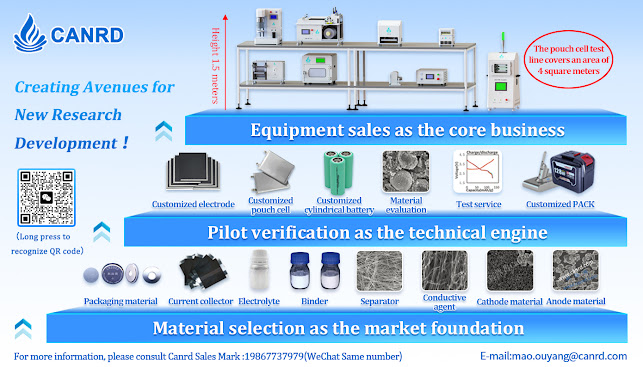Introduction to Lithium-ion Batteries (LIB)
Lithium-ion batteries are mainly composed of four parts: positive electrode materials, negative electrode materials, separators, and electrolytes. The positive electrode materials must participate in chemical reactions and also provide Li+ as a lithium ion source; the negative electrode materials are also an important component of the battery, generally carbon, lithium titanate, and silicon-based alloy materials; the main function of the separator is to prevent the positive and negative electrode materials from directly contacting each other and causing a short circuit, and it is generally a porous membrane material such as polyethylene or polypropylene; the role of the electrolyte is to provide a channel for the transmission of lithium ions and promote the reversible reaction of the electrode. It is mainly composed of electrolyte lithium salts, non-aqueous organic solvents, and necessary additives.
Figure 1. Applications of lithium-ion batteries








